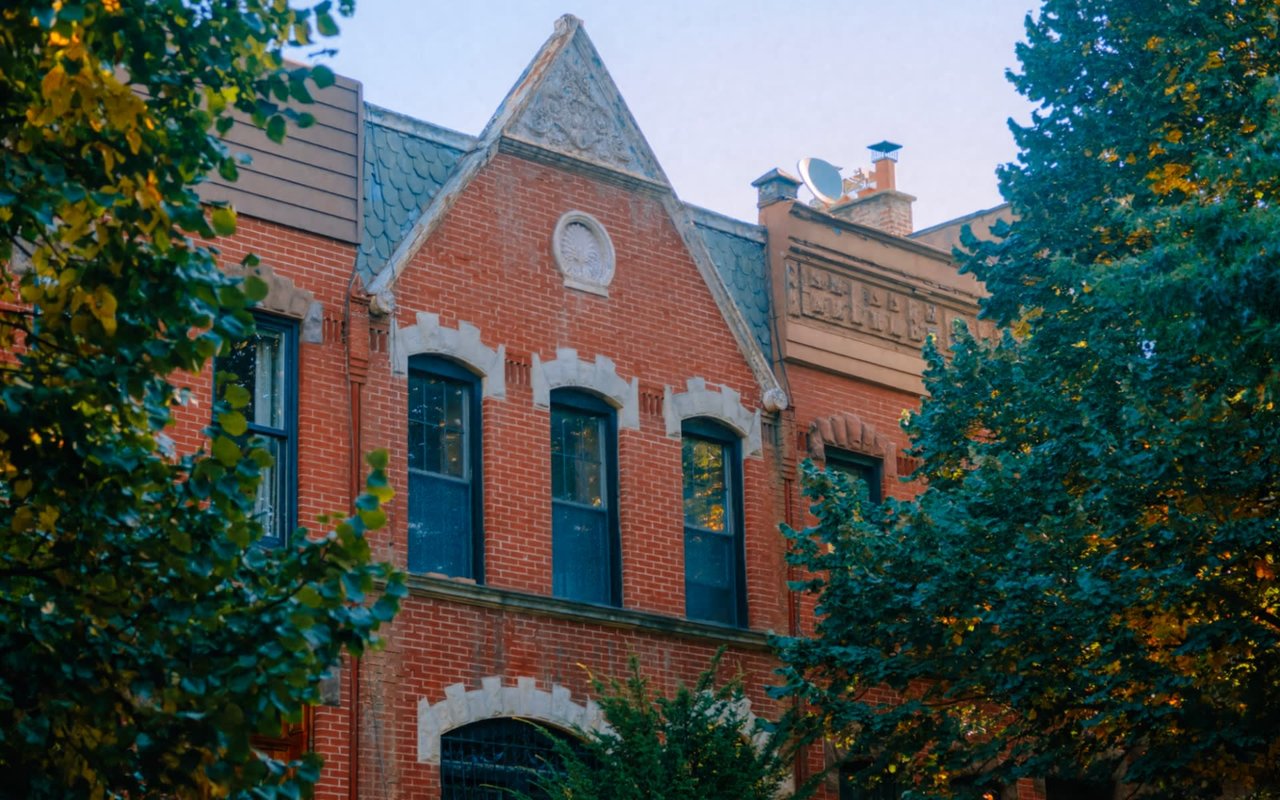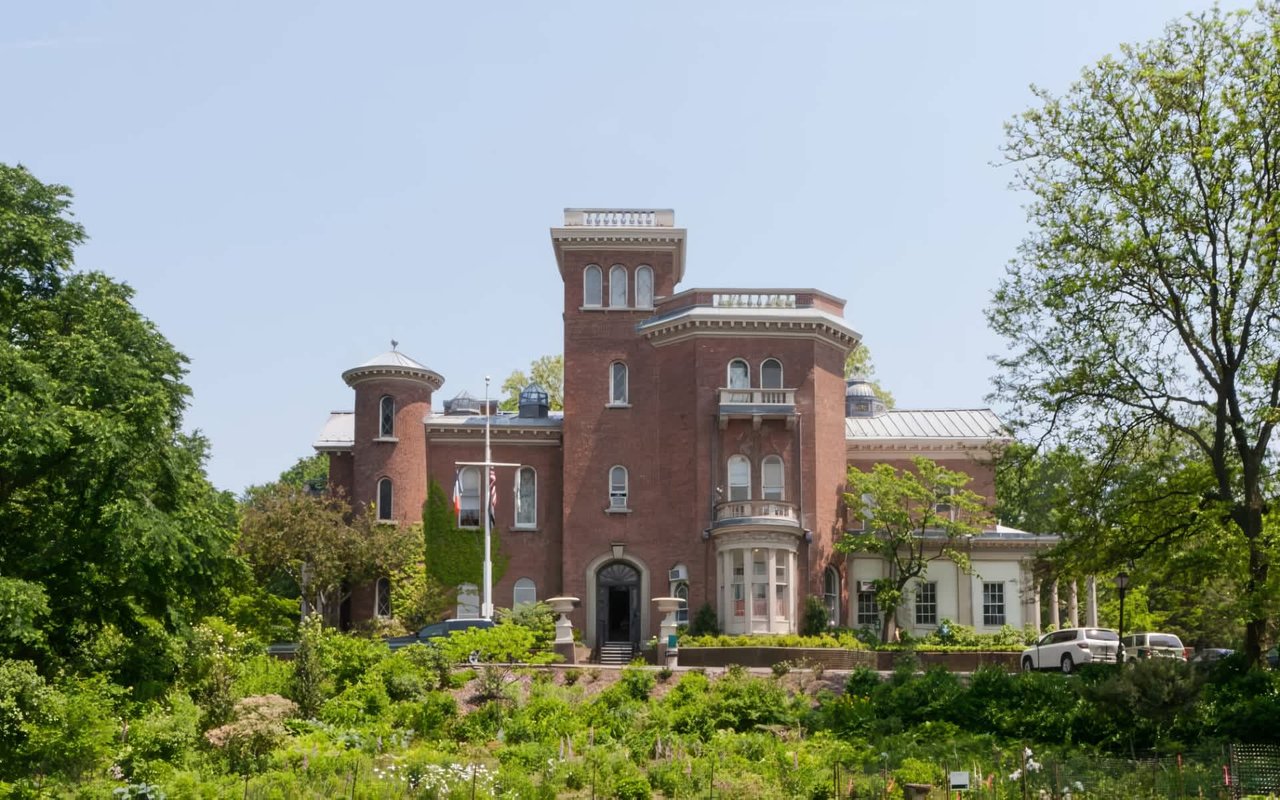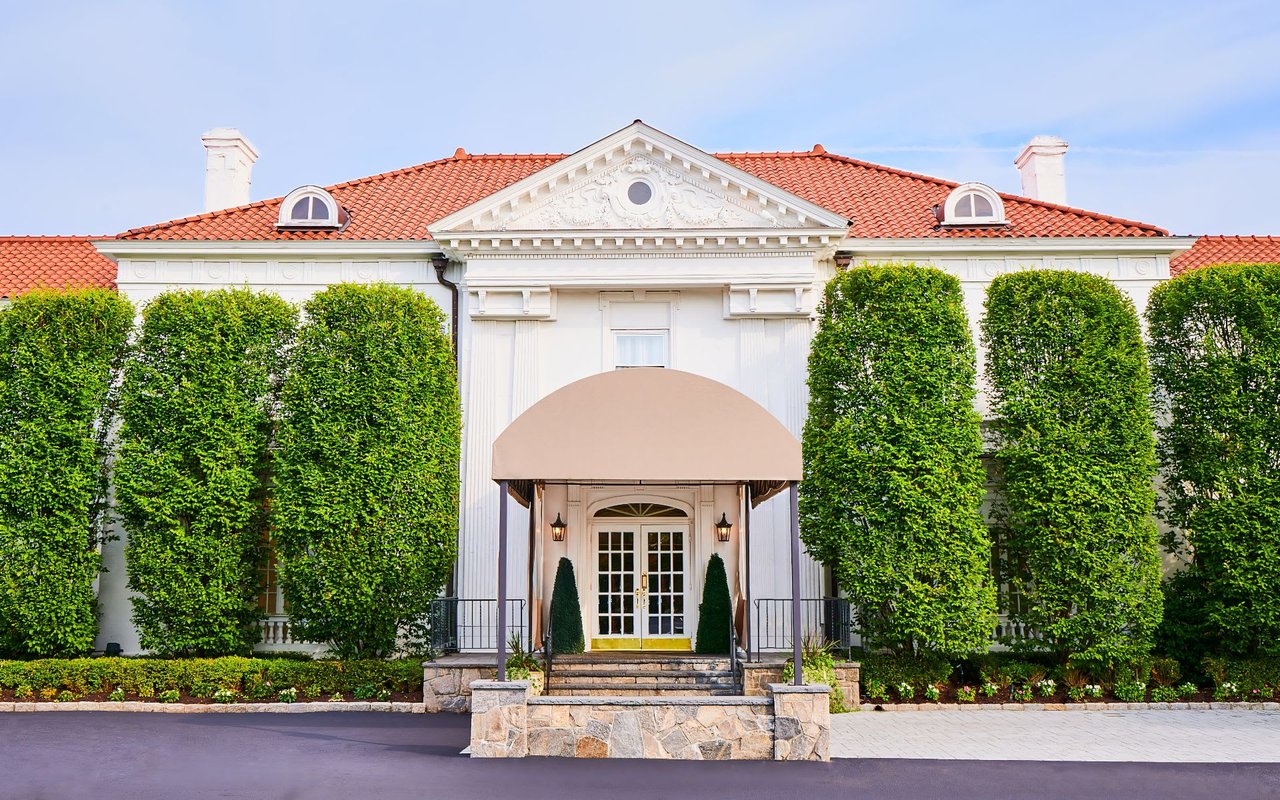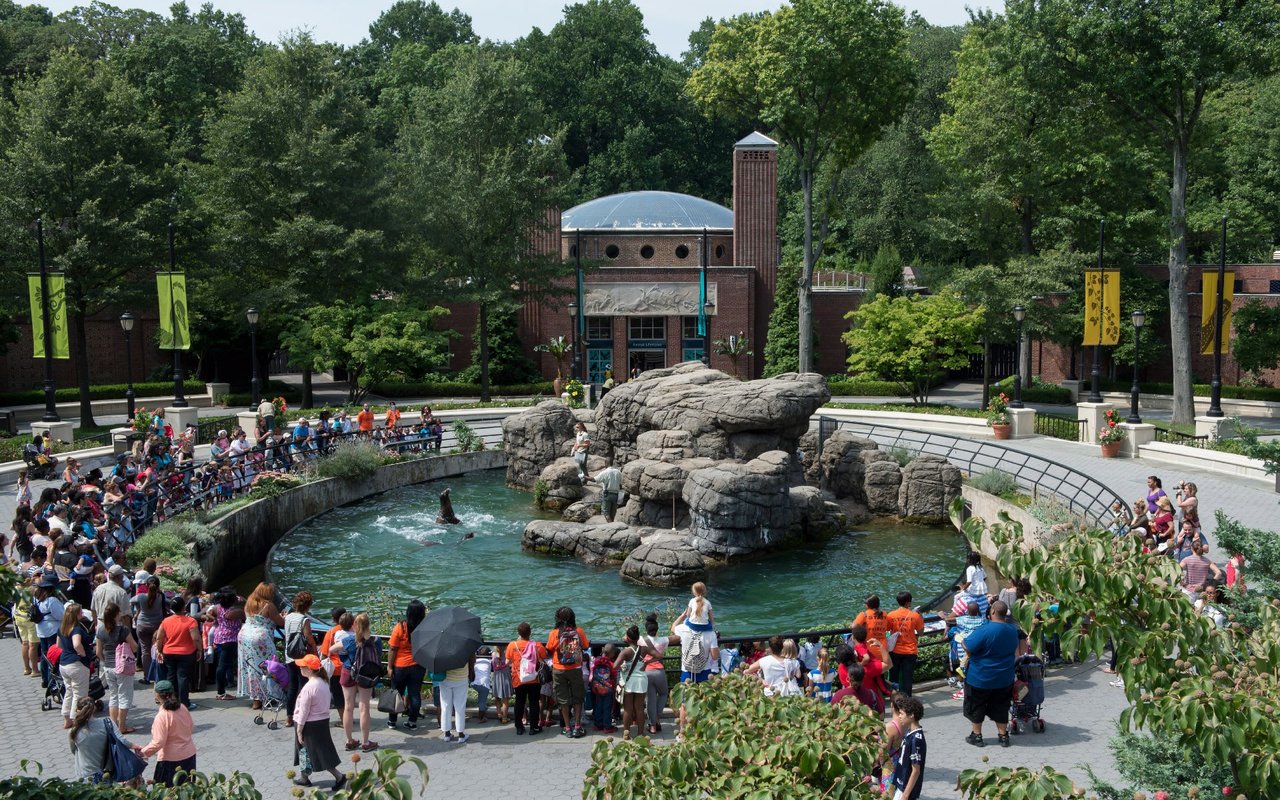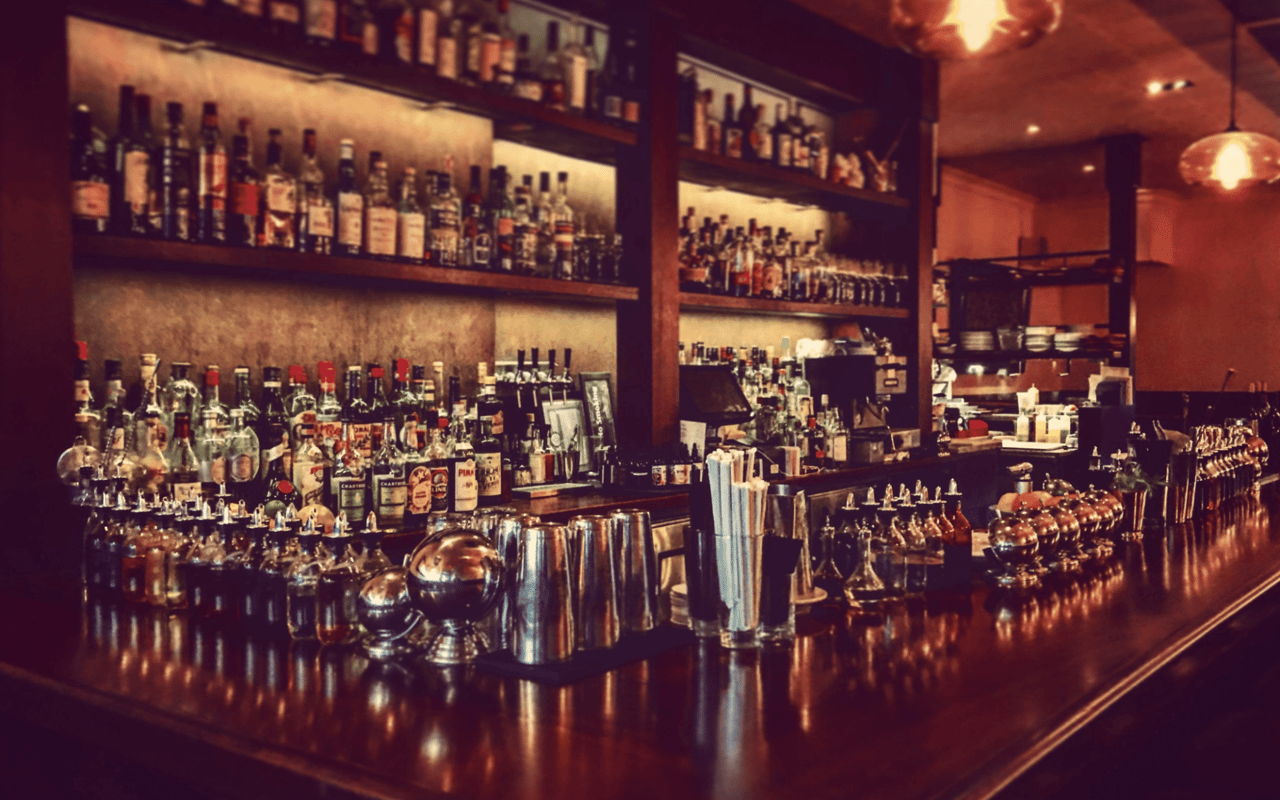Park Slope, located in the western part of Brooklyn, New York, stands as a beacon of urban charm and historical significance. This neighborhood, with its picturesque streets lined with brownstones and its vibrant community life, encapsulates over a century of Brooklyn's evolution. From its early days as farmland to its current status as a sought-after residential area, Park Slope's history is a rich tapestry woven with the threads of culture, architecture, and community spirit.
Early Beginnings
The story of Park Slope begins in the early 19th century when it was primarily rural, dotted with farms and woodlands. The area's transformation was gradual, spurred by the establishment of Green-Wood Cemetery in 1838 and Prospect Park in the 1860s. These significant green spaces attracted affluent New Yorkers, leading to the development of elegant homes and the laying down of the neighborhood's architectural foundations.
Architectural Renaissance
The late 19th and early 20th centuries marked a period of architectural renaissance for Park Slope. The neighborhood became known for its stunning examples of Romanesque Revival, Renaissance Revival, and Queen Anne styles, among others. The craftsmanship and variety of these homes reflect the aspirations and tastes of their original inhabitants, offering a visual feast and a tangible connection to Brooklyn's Gilded Age.
Prominent architects of the era, such as Montrose W. Morris and C.P.H. Gilbert, left their mark on Park Slope, designing residences that combined opulence with the emerging American aesthetic. The area's brownstones, in particular, have become synonymous with Park Slope, cherished for their intricate facades, stoops, and the sense of community they foster.
Community and Culture
Beyond its architectural splendor, Park Slope is celebrated for its strong sense of community and cultural vibrancy. The neighborhood has long been a magnet for artists, writers, and intellectuals, drawn by its inclusive atmosphere and picturesque settings. This cultural dynamism has given rise to numerous local traditions, institutions, and events that continue to enrich the community's social fabric.
The Brooklyn Conservatory of Music, the Park Slope Food Coop, and the annual Halloween Parade are just a few examples of the initiatives that have deepened the neighborhood's sense of identity and belonging. Additionally, the area's proximity to Prospect Park offers residents and visitors alike a sprawling urban oasis, hosting concerts, outdoor activities, and cultural events that reflect the diversity and energy of Brooklyn.
Challenges and Preservation
Like many historic neighborhoods, Park Slope has faced its share of challenges over the years, including urban decay, gentrification, and the delicate balance between development and preservation. The 1960s and 1970s, in particular, were a period of decline for the area, with many of its historic homes falling into disrepair.
However, the community's resilience and commitment to its heritage have been evident in the efforts to preserve Park Slope's architectural and cultural legacy. The designation of the Park Slope Historic District in the 1970s marked a turning point, helping to protect the area's unique character and sparking a wave of restoration and renewal.
Modern Revival and Future
Today, Park Slope stands as a testament to the power of community and the enduring appeal of historic neighborhoods. Its streets, alive with the bustle of local businesses, cafes, and bookshops, continue to attract residents and visitors drawn to its blend of historic charm and modern vitality.
The neighborhood's future, while facing the challenges of sustainability and inclusivity, appears bright, guided by the same spirit of resilience and community engagement that has defined its past. As Park Slope continues to evolve, its rich heritage and history remain a foundational part of its identity, offering lessons and inspiration for future generations.
The story of Park Slope is a microcosm of Brooklyn's broader narrative, reflecting the transformations that have shaped the borough over centuries. From its rural beginnings to its status as a beacon of urban culture and community, Park Slope embodies the complexity, beauty, and dynamism of New York City. As we explore this rich heritage and history, we are reminded of the importance of preserving such neighborhoods for their aesthetic and historical value and their role in fostering vibrant, inclusive communities. In Park Slope, the past and present converge, offering a blueprint for urban living that is as relevant today as it will be for future generations.
Join forces with Doug Bowen & Zia O'Hara, the distinguished team at Douglas Elliman Real Estate, and embark on your journey to discover your dream home or market your property with unparalleled expertise. Their profound knowledge of the market, commitment to excellence, and personalized service make them your ideal partners in navigating the complexities of real estate transactions.
Don't miss the opportunity to work with leaders in the field. Explore your possibilities with Doug Bowen & Zia O'Hara today and transform your real estate aspirations into reality.
